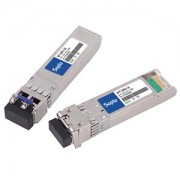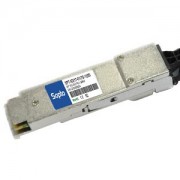-

- Sopto Home
-

- Special Topic
-

- Module Knowledge
-

- Optical Module-Optical Loss
Module Knowledge
- Tips for Buying 10G XFP Transceivers
- XFP Transceivers for Telecommunications
- Three Types of Ethernet SFP Transceiver Modules Introduction
- Info about High Density CXP Optical Module
- Multipurpose CFP Optical Modules
- Info about CFP Management Interface
- SFP+ Transceivers Short Range Module Overview
- 3 Reasons Every Network Needs GLC-LH-SM Transceiver
- Is the GLC-SX-MM Transceiver Right for Your Switch?
SOPTO Special Topic
Certificate



Guarantee
Except products belongs to Bargain Shop section, all products are warranted by SOPTO only to purchasers for resale or for use in business or original equipment manufacturer, against defects in workmanship or materials under normal use (consumables, normal tear and wear excluded) for one year after date of purchase from SOPTO, unless otherwise stated...
Return Policies
Defective products will be accepted for exchange, at our discretion, within 14 days from receipt. Buyer might be requested to return the defective products to SOPTO for verification or authorized service location, as SOPTO designated, shipping costs prepaid. .....
Applications
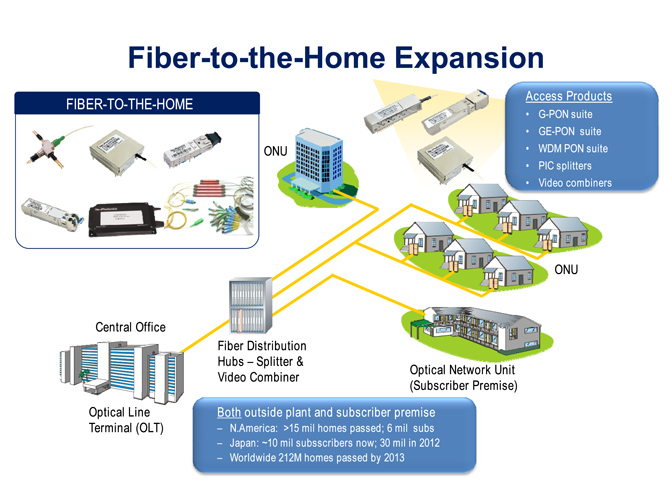 Fiber Optic Transceiver Modules can be applied to these occasions or fields.
Fiber Optic Transceiver Modules can be applied to these occasions or fields.
Ethernet
IPTV
FTTX
Security
Video Monitor
SDH/SONET
Data Communication
Storage Area Networks
SOPTO Products
- Fiber Optic Transceiver Module
- High Speed Cable
- Fiber Optical Cable
- Fiber Optical Patch Cords
- Splitter CWDM DWDM
- PON Solution
- FTTH Box ODF Closure
- PCI-E Network Card
- Network Cables
- Fiber Optical Adapter
- Fiber Optical Attenuator
- Fiber Media Converter
- PDH Multiplexers
- Protocol Converter
- Digital Video Multiplexer
- Fiber Optical Tools
- Compatible
Performance Feature
Stable
Low cost
Small size
Economic
Dust-proof
High speed
Hot-pluggable
Good EMI, EMC
Wide appliaction field
DDM function available
Long transmission distance
Good Anti-static performance
Module Knowledge
Recommended
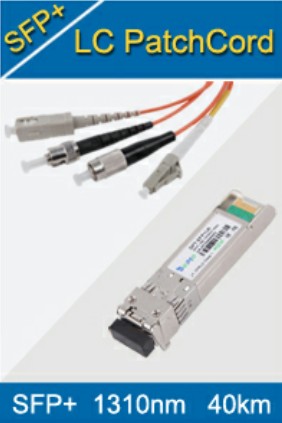
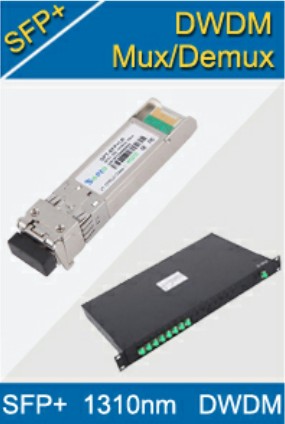
Optical Loss
In order to measure optical loss, you can use two units, namely, dBm and dB. While dBm is the actual power level represented in milliwatts, dB (decibel) is the difference between the powers.
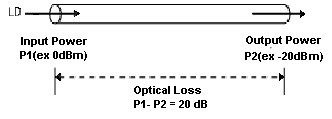
If the optical input power is P1 (dBm) and the optical output power is P2 (dBm), the power loss is P1 - P2 dB. In order to see how much power is lost between input and output, refer to the dB value in this power conversion table:
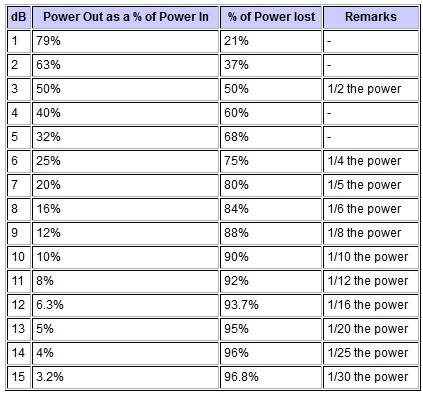
For example, when direct line (LD) optical input into the fiber is 0dBm and output power is -15dBm, optical loss for the fiber is calculated as:
Input - Output = Optical Loss
0dBm - (-15dBm) =15dB
In the power conversion table, 15dB for optical loss equals 96.8 percent of lost optical power. Therefore, only 3.2 percent of optical power remains when it travels through the fiber.
Related Knowledge:
Guess Products You May Like:
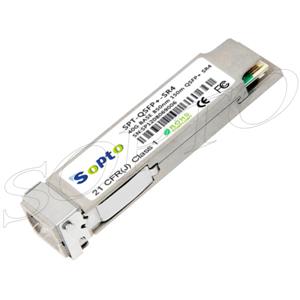 |
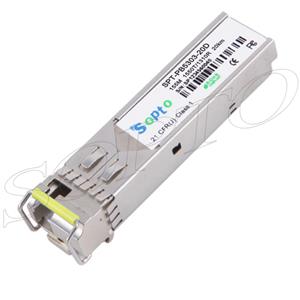 |
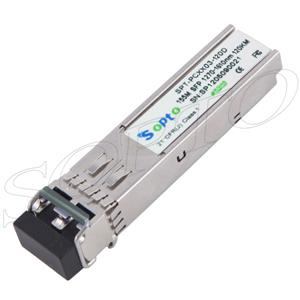 |
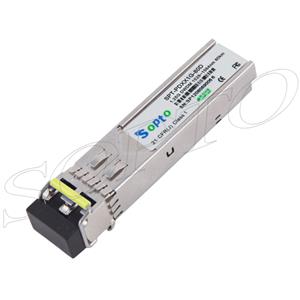 |
| 155m 1550/1310nm 20km BIDI WDM SFP Transceiver Module | 55M 1270~1610nm 120km CWDM Optical Transceiver Module | 1528~1564nm DWDM SFP Optical Transceiver Module |




